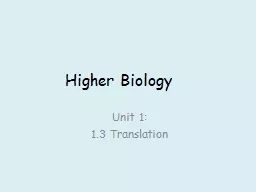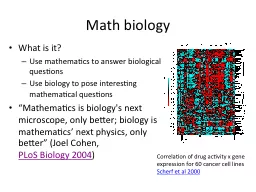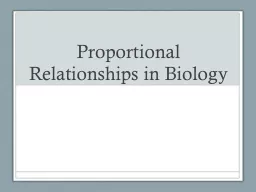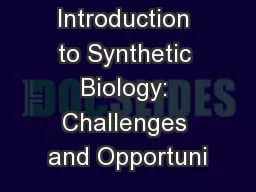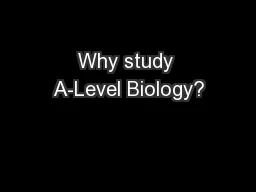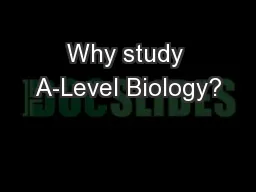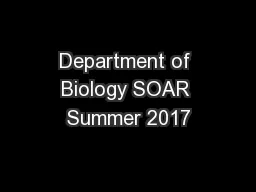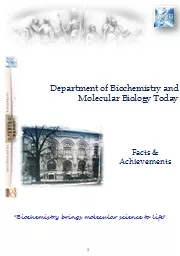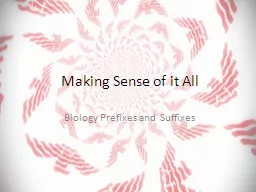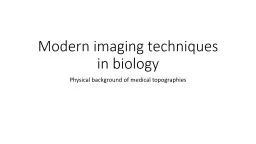PPT-Higher Biology Unit 1:
Author : cleverfan | Published Date : 2020-06-17
13 Translation Learning Intentions To be able to describe the stages involved in translation To be able to explain the following terms codon polypeptide tRNA
Presentation Embed Code
Download Presentation
Download Presentation The PPT/PDF document "Higher Biology Unit 1:" is the property of its rightful owner. Permission is granted to download and print the materials on this website for personal, non-commercial use only, and to display it on your personal computer provided you do not modify the materials and that you retain all copyright notices contained in the materials. By downloading content from our website, you accept the terms of this agreement.
Higher Biology Unit 1:: Transcript
Download Rules Of Document
"Higher Biology Unit 1:"The content belongs to its owner. You may download and print it for personal use, without modification, and keep all copyright notices. By downloading, you agree to these terms.
Related Documents

